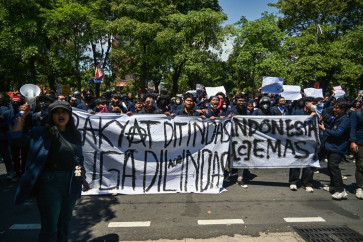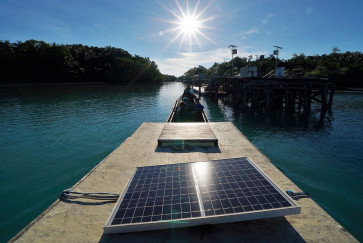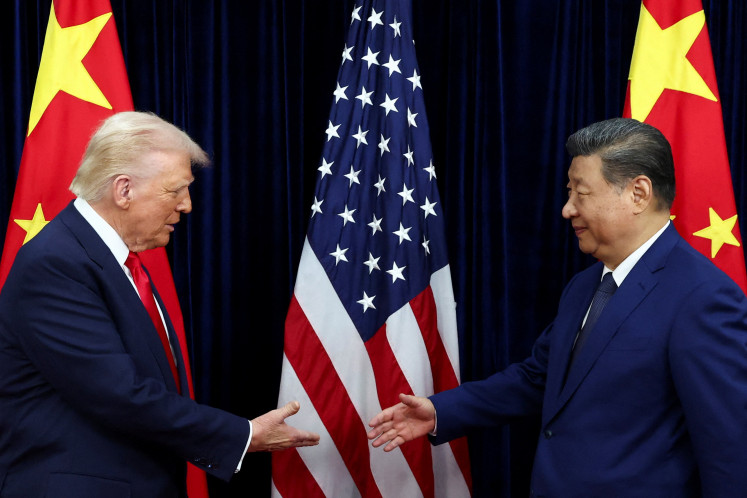Popular Reads
Top Results
Can't find what you're looking for?
View all search resultsPopular Reads
Top Results
Can't find what you're looking for?
View all search resultsAnalysis: Purbaya’s Rp 200 trillion gamble: Catalyst or costly misfire
Change text size
Gift Premium Articles
to Anyone
N
ewly installed Finance Minister Purbaya Yadhi Sadewa has jolted Indonesia’s policy landscape with an audacious move just days into his tenure. He has redirected the government’s excess budget balance of Rp 200 trillion (US$12.5 billion) from Bank Indonesia to state-owned banks, aiming to inject liquidity into the financial system, spur credit growth and ultimately jumpstart economic activity. Yet questions swirl over whether this is the right policy to propel Indonesia’s growth.
Purbaya has long criticized the government’s habit of parking funds domestically. He noted that more than Rp 800 trillion remains idle, sourced mostly from debt bearing interest rates of about 7 percent. In his view, this practice is inefficient, drains liquidity from the real economy and props up Bank Indonesia’s Rupiah Securities (SRBI) issuance. His dramatic decision to transfer Rp 200 trillion to state-owned banks is designed to counter that drain. Under Finance Minister Decree (KMK) No. 276/2025, the funds are to be placed in conventional or sharia on-call deposits without an auction mechanism.
Distribution reflects bank size and influence. Bank Mandiri, BRI, and BNI each receive Rp 55 trillion, while BTN and BSI are allocated Rp 25 trillion and Rp 10 trillion, respectively. The government will receive a 4 percent interest rate, pressuring banks to channel these funds into credit. To ensure oversight, Purbaya has mandated monthly reporting on fund allocation. The deposits carry a six-month tenor, extendable upon request.
The policy’s rationale is straightforward: with added liquidity, banks should be able to expand lending across all sectors except government securities (SBN). The minister’s directive is simple: disburse the funds wherever they can boost the economy. Yet the initial response from Himbara has been tepid. Despite the planned injection, state-owned banks reportedly told the minister they could absorb only around Rp 7 trillion for now, a figure that left him fuming.
With household purchasing power still weak and loan demand constrained, doubts grow over how this lending capacity will actually be used. Critics point out that the policy lacks a detailed projection of its impact on growth. Purbaya has suggested that money in circulation could rise by 15–20 percent within one to two months, but banks counter that they simply cannot distribute funds at that scale so quickly. Government pressure on state-owned banks has also raised concerns about a possible uptick in non-performing loans.
These risks are magnified by other large government commitments, including the free nutritious meal (MBG) program and the red and white cooperatives initiative. Both require vast funding, but absorption rates remain weak. MBG, for instance, has achieved less than 15 percent execution. This not only questions budget capacity but also underscores doubts about the government’s ability to implement its programs effectively.
Yet there is an upside, argue analysts at the Center of Economic Law and Studies (CELIOS). If managed well, this policy could create a moment of transition, stimulating credit growth and job creation, especially if the funds are directed to productive sectors such as energy transition. State-owned banks currently allocate less than 1 percent of their credit to renewable energy, even though this sector could create 19.4 million green jobs over the next decade.



















